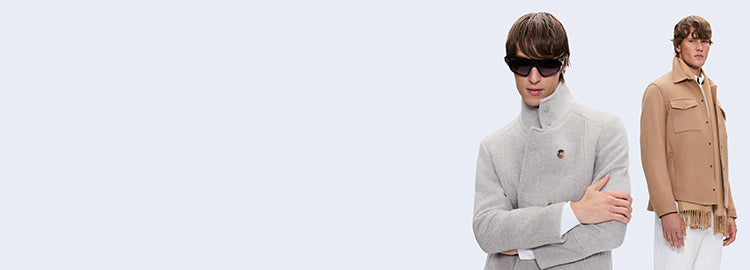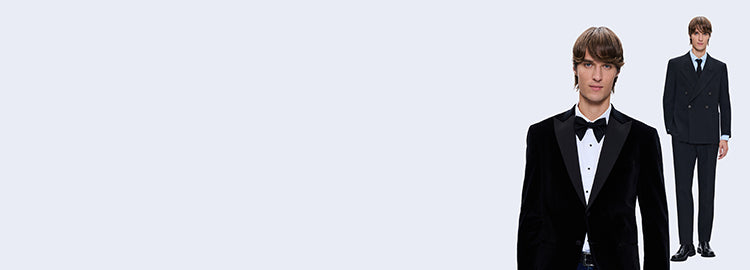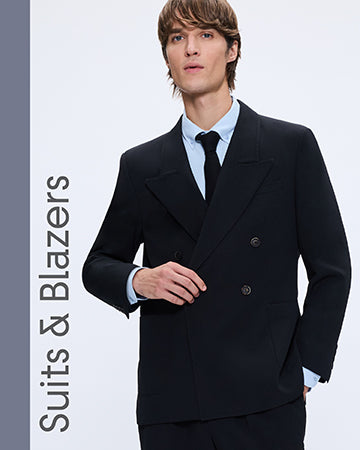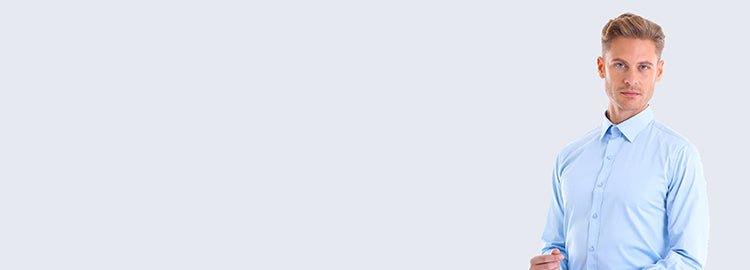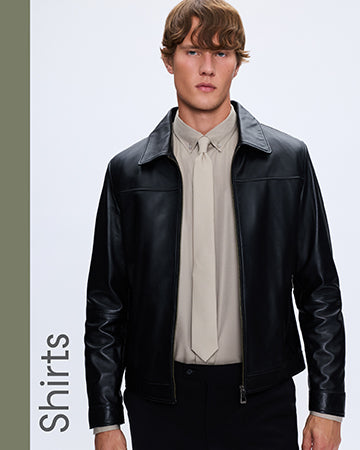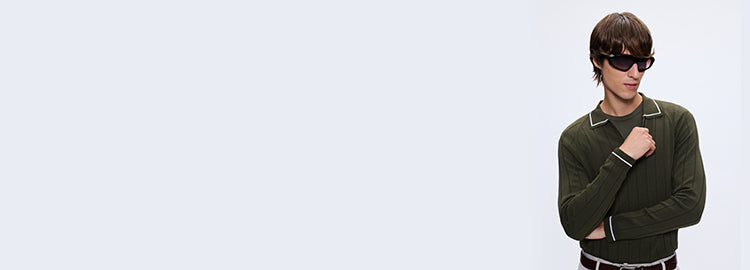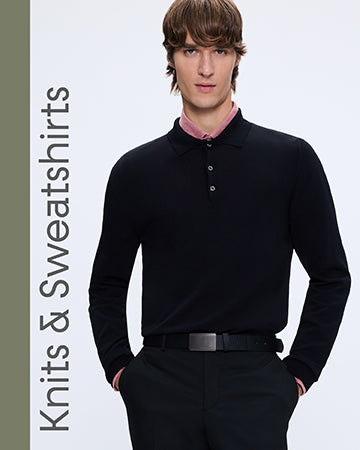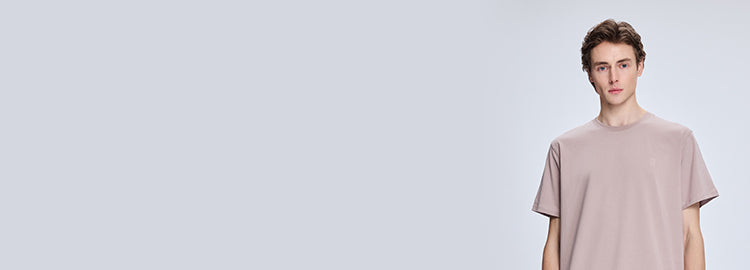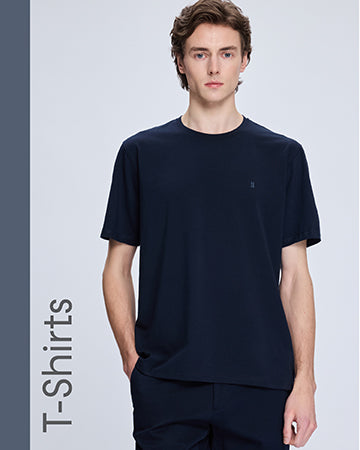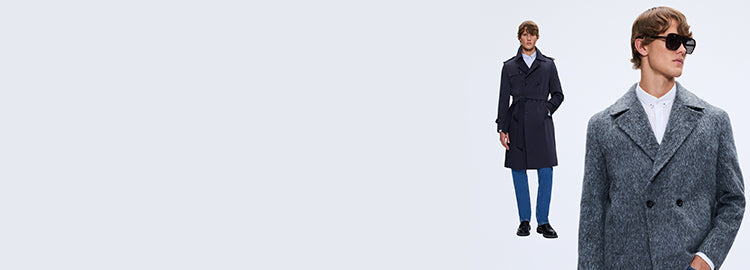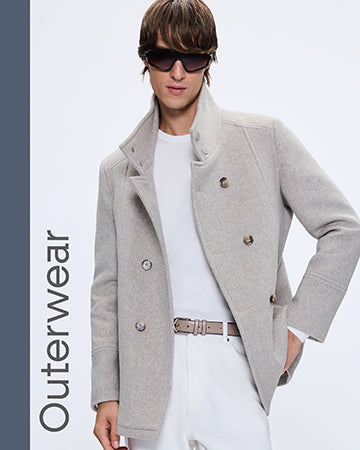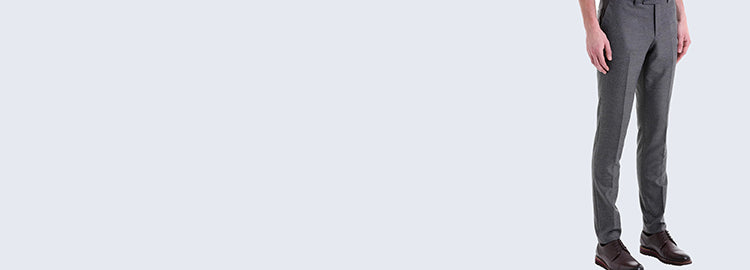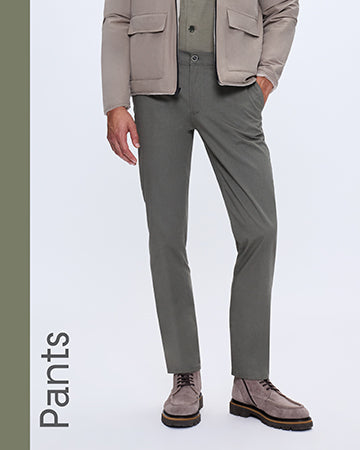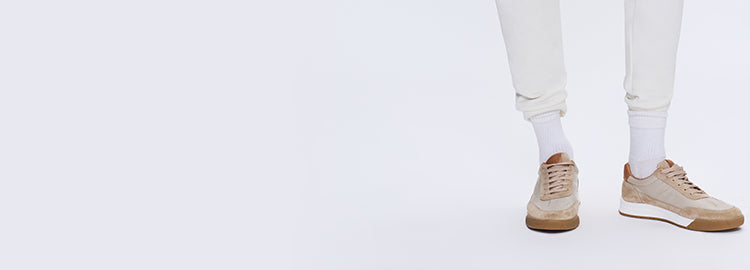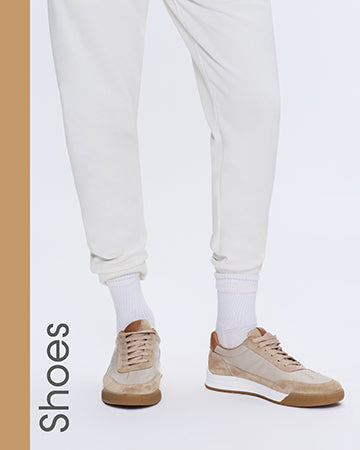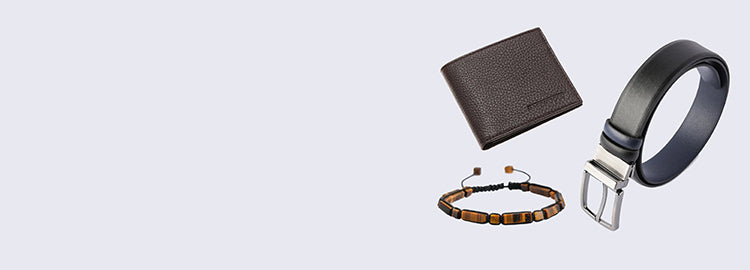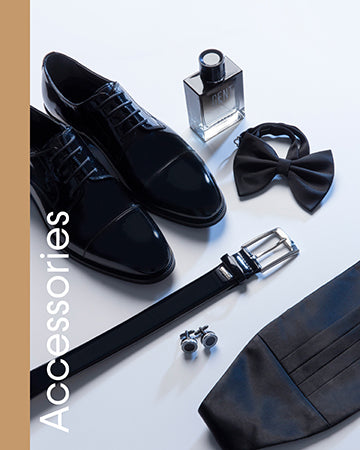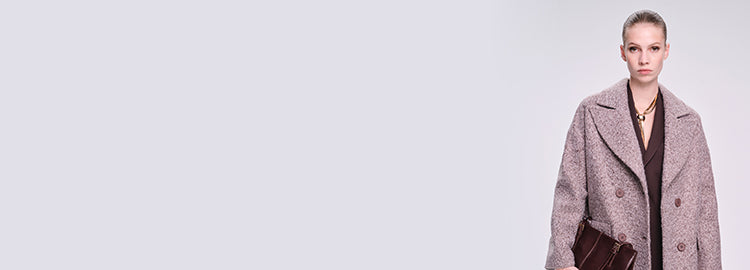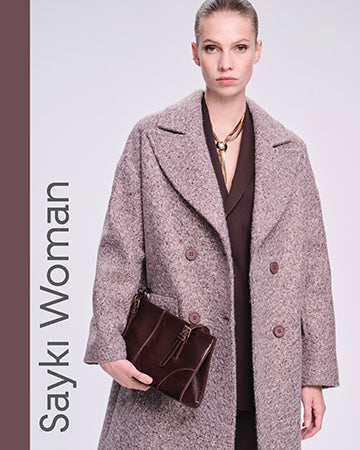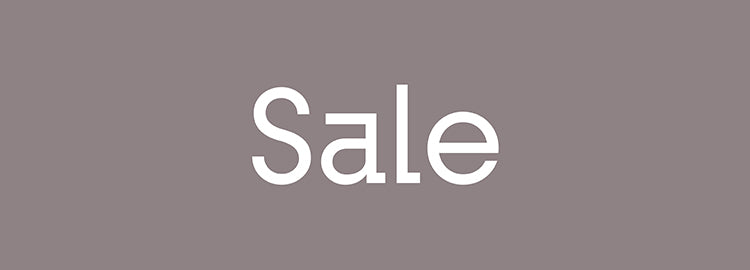Contents
Walk into any men's clothing store, and you'll face a wall of jackets that look nearly identical. Yet ask for a sports coat, and you might get handed a blazer. Request a suit jacket, and suddenly you're being measured for pants too. The confusion is real, and it's costing men everywhere the confidence that comes with knowing exactly what they're wearing.
These three jacket types have distinct histories, constructions, and purposes. Understanding the differences isn't about memorizing fashion rules—it's about making smarter choices that match your lifestyle and look effortless doing it.

What Is a Sports Coat?
The sports coat has the most interesting backstory of the three. Originally worn by British gentlemen in the 19th century for outdoor activities like hunting and shooting, it was designed to be durable, warm, and practical. That heritage shows in every detail.
A sports coat is the most casual and textured of the three jackets. Think heavier fabrics like tweed, herringbone, or flannel with visible patterns and rougher finishes. The construction tends to be slightly looser and more forgiving than formal jackets, making it comfortable for actual movement—whether you're reaching for a glass at a gallery opening or gesturing during a presentation.
What sets sports coats apart is their pattern variety. You'll find checks, plaids, windowpane patterns, and rich earth tones. These jackets practically beg to be paired with contrasting trousers, usually in solid colors like khaki, gray, or navy.
The pockets often have flaps or patch pockets, adding to the relaxed vibe. Elbow patches, while less common today, still appear on traditional models—a reminder of the jacket's rugged origins.

What Is a Blazer?
The blazer came from the water, not the woods. Naval tradition holds that the blazer got its name from the HMS Blazer, whose captain dressed his crew in navy blue jackets with brass buttons for a royal inspection in 1837. Whether that story is completely accurate or not, it captures the blazer's essence: polished, structured, and unmistakably sharp.
A true blazer is typically made from solid-colored fabric—navy being the classic choice, though you'll also find them in black, burgundy, or forest green. The fabric is smooth, often a worsted wool or wool blend that holds its shape beautifully.
The defining feature? Those metal buttons. Gold or silver-toned, often embossed with nautical or heraldic designs, they give the blazer its distinctive character. The buttons aren't just decoration—they signal that this jacket has standards.
Blazers sit somewhere between sports coats and suit jackets in formality. They're structured with padded shoulders and a defined waist, creating a sharp silhouette that commands respect without the stuffiness of a full suit. The lapels are typically notched, though peaked lapels appear on more fashion-forward designs.
You can wear a blazer with dress trousers for business settings or with dark denim for smart-casual occasions. It's the workhorse of men's wardrobes for good reason.

What Is a Suit Jacket?
A suit jacket is part of a matching set, period. It's cut from the same fabric as its partner trousers, creating a coordinated look that reads as polished and intentional. This isn't a piece you can easily mix and match—at least not without looking like you got dressed in the dark.
The construction of a suit for mens jacket is the most refined of the three. Tailors build these with precision, using lighter-weight fabrics like fine wool, wool-silk blends, or even linen for summer. The goal is a smooth, clean appearance that drapes well and moves with your body.
Suit jackets come in various styles—single-breasted with two or three buttons, double-breasted with four or six—but they all share certain traits. The fabric is consistent and fine, the color solid or subtly patterned (think pinstripes or micro-checks), and the overall effect is one of cohesion.
The pockets are typically jetted (no flaps) or have subtle flaps, and the lining inside matches the suit's aesthetic. Everything about a suit jacket says "I'm part of something bigger," which is both its strength and limitation.
Wearing a suit jacket without its matching trousers rarely works. The fabric and cut are too specific, and you'll end up looking incomplete rather than creative.

Differences: Sports Coat vs. Blazer vs. Suit Jacket
The distinctions become clearer when you compare them side by side. Each jacket type has specific characteristics that determine when and how you should wear it.
| Feature | Sports Coat | Blazer | Suit Jacket |
|---|---|---|---|
| Formality | Most casual | Semi-formal | Most formal |
| Fabric | Textured (tweed, herringbone) | Smooth, solid colors | Fine wool, matching set |
| Buttons | Horn, leather, or plastic | Metal (gold or silver) | Matching fabric-covered |
| Patterns | Bold (checks, plaids) | Solid colors primarily | Solid or subtle patterns |
| Pairing | Contrasting trousers | Various trouser options | Matching trousers only |
Fabric and Texture
Fabric tells the story before you say a word. Sports coats embrace texture and weight—think chunky weaves, visible patterns, and fabrics that have character. Tweed sports coats, for instance, feature irregular yarn that creates depth and visual interest. These fabrics were chosen originally for durability and warmth, and they still communicate a rugged, approachable quality.
Blazers go smooth. The fabric is refined, often a tight weave that presents a clean surface. Navy wool gabardine or serge are classic choices. The texture is minimal because the blazer relies on its structure and those distinctive buttons to make a statement.
Suit jacket fabric is the finest of all three. Lightweight wools with high thread counts, Super 100s or higher, create a surface that's almost silky. The fabric needs to match perfectly with the trousers, so consistency is everything. Any texture or pattern is subtle—fine pinstripes, micro-herringbone, or a slight shadow check that only shows up in certain light.
Fit and Construction
The fit philosophy differs across all three jackets. Sports coats are cut with a bit more room, especially through the chest and shoulders. This relaxed fit serves both comfort and tradition—these jackets were made for movement. The construction might include unlined or half-lined interiors, making them lighter and more breathable.
Blazers have a more structured build. Padded shoulders create a strong line, and the jacket is usually fully lined. The fit is tailored but not restrictive, creating a silhouette that looks put-together from any angle. A blazer should fit close enough to look sharp but loose enough to move comfortably.
Suit jackets receive the most precise tailoring. Every measurement matters because the jacket needs to work in harmony with the trousers. The shoulders, sleeve length, and jacket length are all calculated to create balance. The construction is fully lined, often with functioning sleeve buttonholes, and the fit is close to the body without pulling or gaping.
Button Styles and Lapels
Button details reveal more than you'd think. Sports coats often feature natural materials—horn, leather, or wood buttons that complement the rustic fabrics. The buttons might be thick and textured, adding to the casual feel. Two or three buttons on the front, and the stance (how high the buttons sit) is typically relaxed.
Blazer buttons are the star of the show. Metal buttons in gold, brass, or silver finish create contrast against the solid fabric. These buttons often carry engravings—anchors, crests, or other emblems. The shine catches light and draws attention, which is exactly the point. Most blazers feature two or three buttons in a single-breasted style, though double-breasted blazers with four or six buttons make bold statements.
Suit jacket buttons disappear by design. They're covered in the same fabric as the jacket, creating a seamless look. You might not notice them immediately, which means they're doing their job. The button stance is precise, contributing to the jacket's formal balance.
Lapels matter too. Sports coats often have notched lapels with a slightly wider cut. Blazers typically stick with notched lapels, though peaked lapels appear on more formal versions. Suit jackets offer the full range—notched for business suits, peaked for formal occasions, and shawl lapels for tuxedo for men.

Color and Pattern Variety
Color options expand as formality decreases. Sports coats embrace the full spectrum—earth tones like browns, greens, and rusts; bold patterns like windowpane checks; seasonal tweeds in gray or charcoal. You can find sports coats in olive, tobacco, camel, or even burgundy. The variety reflects their versatility.
Blazers stick to a more limited palette. Navy dominates, followed by black, charcoal, and occasionally burgundy or forest green. The solid colors are part of the blazer's identity. Some modern blazers experiment with subtle textures or very fine patterns, but the classic blazer is proudly monochromatic.
Suit jackets match their purpose. Business suits come in navy, charcoal, gray, or black. Subtle patterns like pinstripes, glen plaids, or micro-checks add interest without disrupting the formal appearance. Summer suits might venture into lighter grays or tans, but the color palette remains conservative and coordinated.
Occasions & Dress Codes
Knowing which jacket to wear isn't about memorizing rules—it's about reading the room and understanding context. Each jacket type has situations where it shines and others where it falls flat.
When to Wear a Sports Coat
Sports coats work best when the dress code says "dress up, but don't overdo it." Think creative professional settings, casual Fridays that still require polish, date nights at nice restaurants, art gallery openings, or weekend gatherings that call for something beyond a sweater.
Pair a sports coat with chinos or dark denim, add a button-down shirt (maybe skip the tie, or wear a knit tie for texture), and finish with loafers or boots. The look says you made an effort without trying too hard.
Sports coats also excel at travel. They pack reasonably well, hide wrinkles better than suit jackets, and transition from plane to meeting to dinner without looking out of place. The textured fabrics forgive the wear and tear of movement.
Avoid sports coats at formal events, traditional business meetings in conservative industries, black-tie occasions, or anywhere the invitation specifies "suit required." The casual nature of sports coats, while charming in the right context, can read as underdressed when formality is expected.
When to Wear a Blazer
The blazer is your go-to for smart-casual events and semi-formal occasions. Business casual offices, networking events, cocktail parties, dinner parties, first dates where you want to impress, graduation ceremonies, awards dinners, or any time you need to look polished without wearing a full suit.
A blazer pairs perfectly with dress trousers in gray, khaki, or cream. Add mens shirts in white, light blue, or subtle patterns, and finish with dress mens shoes like oxfords or monk straps. The metal buttons elevate the entire outfit, turning simple pieces into a cohesive look.
Blazers also work in creative professional settings where suits feel too stiff but you still need authority. The structure says "professional" while the separates approach says "approachable."
Skip the blazer for black-tie events, ultra-casual settings like beach parties or backyard barbecues, athletic activities, or anywhere a suit jacket is explicitly required. The blazer's semi-formal status makes it versatile, but it has limits on both ends of the spectrum.

When to Wear a Suit Jacket
Suit jackets belong at formal events and traditional business settings. Job interviews, board meetings, court appearances, weddings (when you're in the wedding party or it's a formal affair), funerals, formal dinners, presentations to clients or executives, or any event where "business professional" is the minimum.
The suit jacket works as part of the complete suit. Trying to wear it separately rarely succeeds because the fabric and cut are too specific. The coordinated look communicates respect for the occasion and attention to detail.
In conservative industries like law, finance, or corporate management, suits remain the standard. The suit jacket signals that you understand professional expectations and take them seriously.
Don't wear a suit jacket to casual events, outdoor activities, creative workspaces where suits feel out of touch, or anywhere you'd feel overdressed. And never, ever wear just the suit jacket with mismatched trousers—it defeats the purpose of the suit's coordinated design.
How to Style
Styling each jacket type requires understanding its strengths and working with them, not against them.
Sports Coat Styling:
The sports coat loves texture mixing. Pair a tweed sports coat with corduroy trousers, or try a herringbone jacket with moleskin pants. Layer a wool sweater under the coat for cold weather—the casual construction accommodates the extra bulk. Roll up your shirt sleeves slightly when wearing a sports coat without a tie for a relaxed vibe.
Footwear can range from leather boots to suede loafers to even clean leather sneakers in very casual settings. Don't match your shoes too precisely to your jacket—contrast works better. A brown sports coat looks great with tan shoes, not identical brown.
Accessories should feel natural. Wool or cotton ties, pocket squares in complementary colors, leather belts, and casual watches all work. Skip the flashy or overly formal accessories—they clash with the sports coat's easygoing nature.
Blazer Styling:
The blazer works best with contrasting trousers. Gray trousers with a navy blazer is a classic combination that never fails. Khaki or cream trousers work for warmer months or less formal settings. Dark denim can work with a blazer for smart-casual occasions, but make sure the jeans are dark, well-fitted, and free of distressing.
Keep your shirt crisp—white, light blue, or subtle patterns like micro-stripes. A tie is optional but adds polish. If you skip the tie, unbutton the top shirt button and make sure your collar sits properly.
Shoes should be dress shoes—oxfords, derbies, loafers, or monk straps in brown or black. The metallic blazer buttons create a dressy tone, so your footwear needs to match that level.
Accessories can be slightly more refined than with a sports coat. Silk ties, leather belts that match your shoes, quality watches, and subtle pocket squares all complement the blazer's polished aesthetic.
Suit Jacket Styling:
Styling a suit jacket means styling the entire suit. The jacket and trousers work together, so focus on the details. Make sure the fit is right—shoulders should sit naturally, sleeves should end at your wrist bone showing about half an inch of shirt cuff, and the jacket length should cover your seat.
Shirts should be dress shirts in white, light blue, or subtle patterns. French cuffs with cufflinks work for formal occasions. Your tie should complement the suit color without matching too closely—a burgundy tie with a navy suit, for example.
Shoes must be formal dress shoes—oxfords or derby shoes in black or brown, depending on the suit color. Black suits get black shoes, navy and charcoal suits work with either black or brown (brown is more versatile), and lighter suits pair best with brown.
Keep accessories minimal and refined. A leather belt that matches your shoes, a quality watch with a leather strap, and a subtle pocket square are enough. Overdoing accessories with a suit can look forced.

See also : Men’s Suit Trends 2025: Relaxed Cuts, Sustainable Fabrics & Personal Touches
Common Mistakes to Avoid
Even men who generally dress well make predictable errors with these three jacket types. Knowing what not to do is just as important as knowing what to do.
Wearing a Suit Jacket as a Blazer
This is the most common mistake. You bought a great suit, and now you're thinking, "Why can't I just wear the jacket with jeans?" Because the fabric, color, and cut are designed to work with the matching trousers, not to stand alone.
Suit jacket fabrics are too fine and formal to pair with casual pants. The colors—especially the typical suit grays and navies—don't have enough character to work as separates. And the fit is too precise; suit jackets are tailored assuming you're wearing the matching high-waisted trousers, so they often look too short or unbalanced with other pants.
If you try this anyway, everyone will know you're wearing half a suit. You'll look like you either don't own proper casual jackets or you're trying to dress up pants that shouldn't be dressed up. Neither is a good look.
The solution is simple: keep your suit together, and invest in an actual blazer or sports coat for separate wear.
Overmixing Patterns and Textures
Pattern mixing is an art, and like any art, it's easy to overdo. Wearing a bold plaid sports coat with striped trousers and a checked shirt creates visual chaos. Your outfit shouldn't require a decoder to look at.
The general rule: one pattern at a time, unless you really know what you're doing. If your jacket has a strong pattern, keep your shirt and trousers solid. If your shirt has a pattern, keep the jacket and trousers simple. When you do mix patterns, they should be different scales—a large windowpane check on a jacket with a fine pinstripe shirt can work, but two similar-sized patterns will fight each other.
Texture mixing is more forgiving but still has limits. A tweed sports coat with corduroy trousers works because both textures are casual and complementary. A smooth blazer with textured wool trousers works because there's contrast. But wearing multiple heavy textures together can look bulky and unrefined.
Ignoring Fabric Weight and Occasion
Fabric weight matters more than most men realize. Wearing a heavy tweed sports coat to a summer wedding will leave you sweating through your shirt. Wearing a lightweight linen suit jacket to a winter board meeting will leave you shivering and looking unprepared.
Match your fabric to the season and setting. Heavy wools, tweeds, and flannels belong in fall and winter. Lightweight wools, cotton, and linen work for spring and summer. The texture and weight should feel appropriate to the temperature and formality.
Also consider the occasion's energy level. Active events where you'll be moving around call for lighter, more breathable fabrics. Seated dinners or ceremonies allow for heavier, more structured pieces. Reading the situation prevents discomfort and awkward appearance.
Which One Should You Get First?
If you're building a wardrobe from scratch or working with a limited budget, the order matters. Not all jackets are equally useful, and some provide better return on investment than others.
Building a Versatile Wardrobe
Start with a navy blazer. This single piece will cover more situations than any other jacket. You can wear it to work, to dinner, to events, even to some weddings. Pair it with gray trousers for business settings, khakis for smart-casual, and dark jeans for relaxed occasions. A quality navy blazer in a classic cut will serve you for years.
Next, add a charcoal or navy suit. Business situations, formal events, interviews, and important meetings all require a proper suit. Once you have one good suit, you've covered the formal end of the spectrum. Make sure the fit is right—this isn't the place to compromise. A well-fitted suit looks exponentially better than an expensive but poorly fitted one.
Third, consider a sports coat in a versatile color like gray, brown, or olive. This opens up your casual-to-smart-casual options and adds variety to your wardrobe. A sports coat lets you dress up jeans or dress down dress trousers, giving you flexibility for weekends and less formal weekday situations.
| Priority | Jacket Type | Why It Matters |
|---|---|---|
| First | Navy Blazer | Most versatile, works for 70% of occasions |
| Second | Navy or Charcoal Suit | Covers formal requirements and business needs |
| Third | Sports Coat (gray/brown) | Adds casual versatility and personality |
| Later | Additional pieces | Seasonal variations and style preferences |
From there, you can expand based on your needs—a second suit in a different color, additional sports coats in seasonal fabrics, or a lighter blazer for summer. But those first three pieces handle the majority of situations most men encounter.
Lifestyle and Budget Considerations
Your lifestyle should guide your investment. If you work in a corporate environment, suits take priority. If you're in a creative field or work remotely, a blazer and sports coats might see more use. Think about what you actually wear each week, not what you think you should wear.
Budget matters too, but quality matters more. One excellent blazer that fits perfectly will serve you better than three mediocre ones. Focus on fit first—shoulders that sit naturally, sleeve length that's right, and a body that follows your shape without pulling or billowing. These elements make the difference between looking good and looking great.
Consider cost per wear. A suit you wear once a year is expensive no matter what it costs. A blazer you wear twice a week is a bargain even at a premium price. Calculate your investment based on how often you'll actually reach for each piece.
Timeless Choices for Every Man
Trends come and go, but certain jackets remain relevant regardless of fashion cycles. A navy blazer with gold buttons has looked appropriate for decades and will continue to do so. A charcoal suit in a classic cut works for any formal occasion. A brown tweed sports coat adds character without demanding attention.
When choosing your jackets, lean toward classic rather than trendy. Skip the ultra-slim fits that might look dated in three years. Avoid overly fashion-forward details like extreme lapel widths or unusual button placements. Stick with proportions and details that have proven their staying power.
Classic doesn't mean boring. A well-fitted classic blazer looks better than a poorly executed trendy piece every time. The fit, fabric quality, and construction are where you express style, not through gimmicks or temporary fashion moments.
Understanding the differences between sports coats, blazers, and suit jackets transforms how you approach getting dressed. You're no longer guessing or following rigid rules—you're making informed choices based on context, occasion, and personal style.
The sports coat brings casual versatility and texture. The blazer offers polished structure for semi-formal settings. The suit jacket provides formal cohesion when the situation demands it. Each has its place, and none can fully replace the others.
Start with the basics, invest in quality over quantity, and pay attention to fit. Your wardrobe will develop naturally from there, and you'll always know exactly which jacket to reach for—because you'll understand not just what you're wearing, but why.

